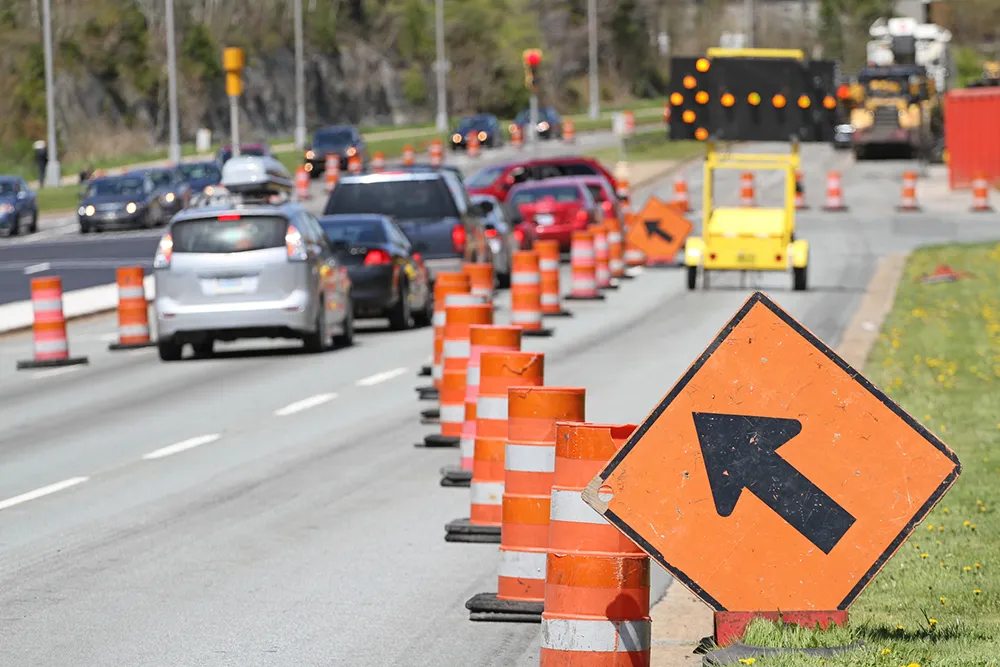VMS manufacturer
The company is working with SRL Traffic Systems on the integration of its HD Quattro portable variable message sign (VMS) with temporary traffic lights, designed to show basic safety information during temporary traffic light installation and road works.
Measuring 650mm x 750mm, the sign is being integrated on the same boxes and posts that SRL uses for its Radiolight temporary traffic lights and powered by their batteries. The integrated HD Quattro will be a safety and information sign, informing road users of road works being installed and the speed limit. The VMS will also be deployed within work zones to safely manage on-site traffic.
With the addition of a radar, the HD Quattro can also be used as a speed-activated sign to increase its effectiveness and run times.
Bartco UK and its sister company, Mobile Visual Information Systems (MVIS), have also integrated the VMS with other ITS solutions in their portfolio. As part of Auto Detect, it has integrated with a master traffic management unit, which, when triggered by an external device, such as a red light on a traffic signal, activates an appropriate message on the sign.
It has also been incorporated in an over-height detection solution in the companies’ intelligent safety portfolio, collection of temporary road worker safety solutions to integrate modular electronic perimeters and VMS, developed in partnership with Highways Resource Solutions.
Bartco UK and MVIS integrate ITS technology
VMS manufacturer Bartco UK will use Traffex 2017 to showcase its integration of ITS products which aim to increase road safety. The company is working with SRL Traffic Systems on the integration of its HD Quattro portable variable message sign (VMS) with temporary traffic lights, designed to show basic safety information during temporary traffic light installation and road works.
February 28, 2017
Read time: 2 mins










